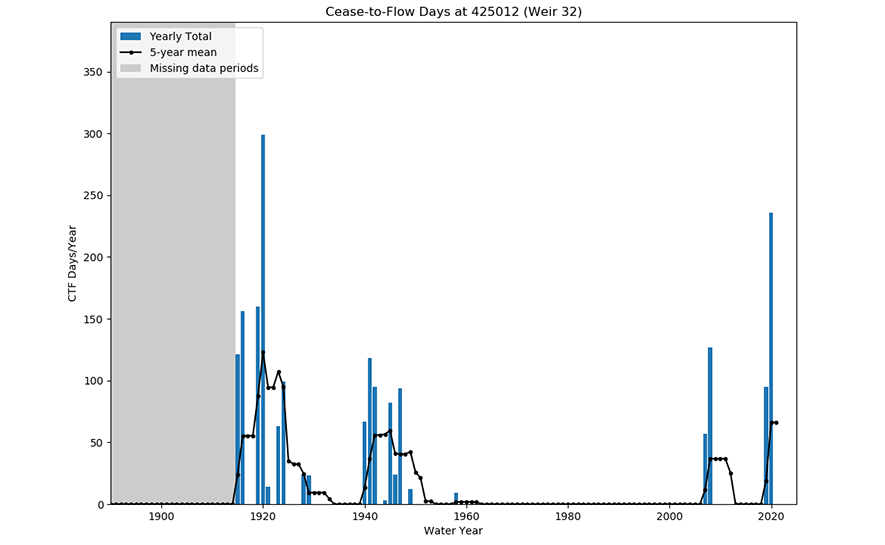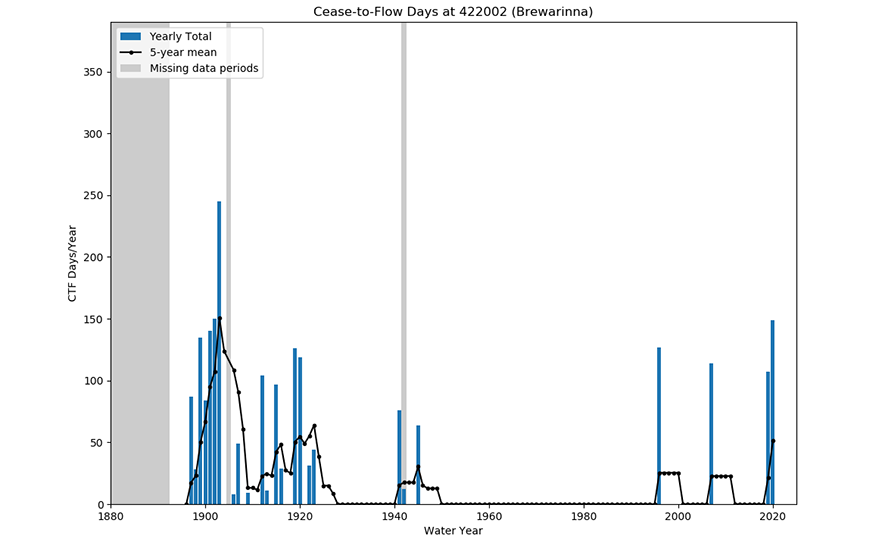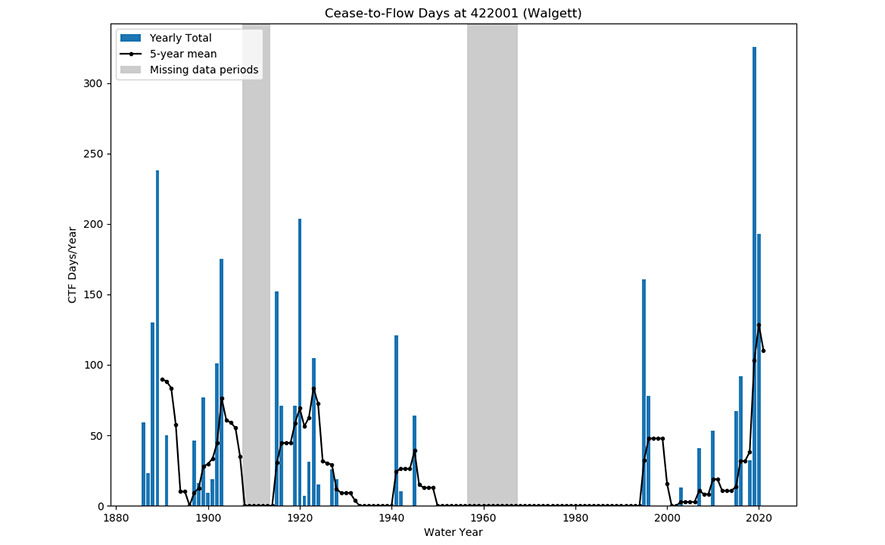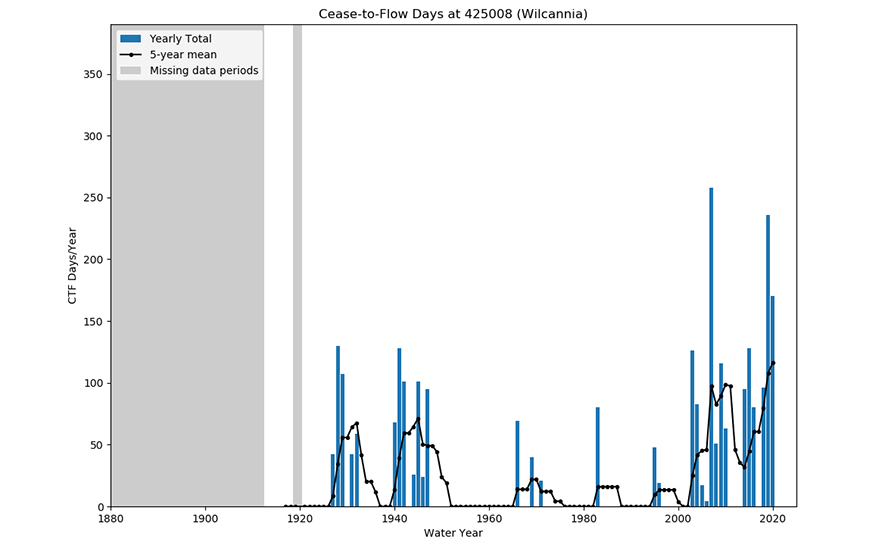The following frequently asked questions directly relate to the Barwon-Darling and Lower Darling.
It is not natural for the Darling to remain dry for more than 30 days?
This is not correct.
The Darling goes through natural patterns of wet and dry cycles and it is not unusual for the Darling to stop flowing.
Between 1900 to 1950 the Lower Darling stopped flowing 22 times, for an average period of 66 days.
Evidence from our recorded history shows that the longest period of no flow at Weir 32 occurred in 1919-1920 when the river stopped flowing for 236 days.
The river has never been as dry as it was during the last drought
This is not correct.
The climate of inland NSW goes through natural patterns of wet and dry cycles which often last decades:
- 1900s – 1950: comparatively dry period
- 1950 – 2000: comparatively wet period
- Post 2000: a return to comparatively dry periods
During the dry periods there are frequent and long periods when the rivers have stopped flowing or are at low levels.
The blue lines in the graphs below show periods of no flows at different gauges in the Barwon-Darling. All gauges show that the river was dry for long periods during the dry climate period from 1900-1950.



